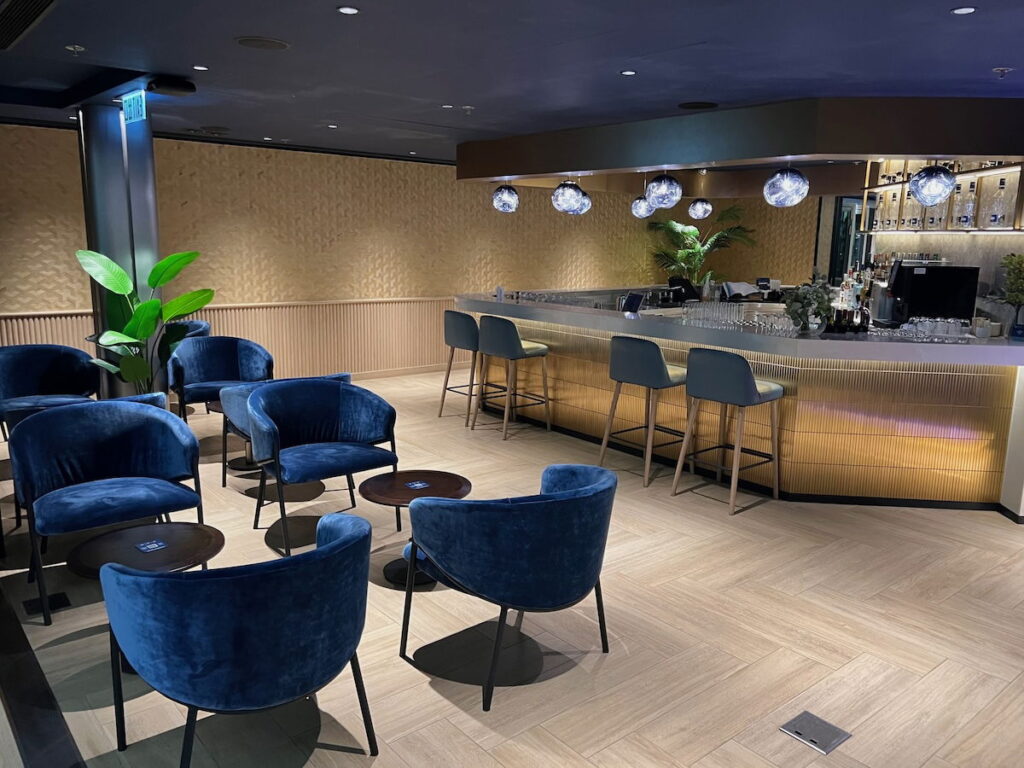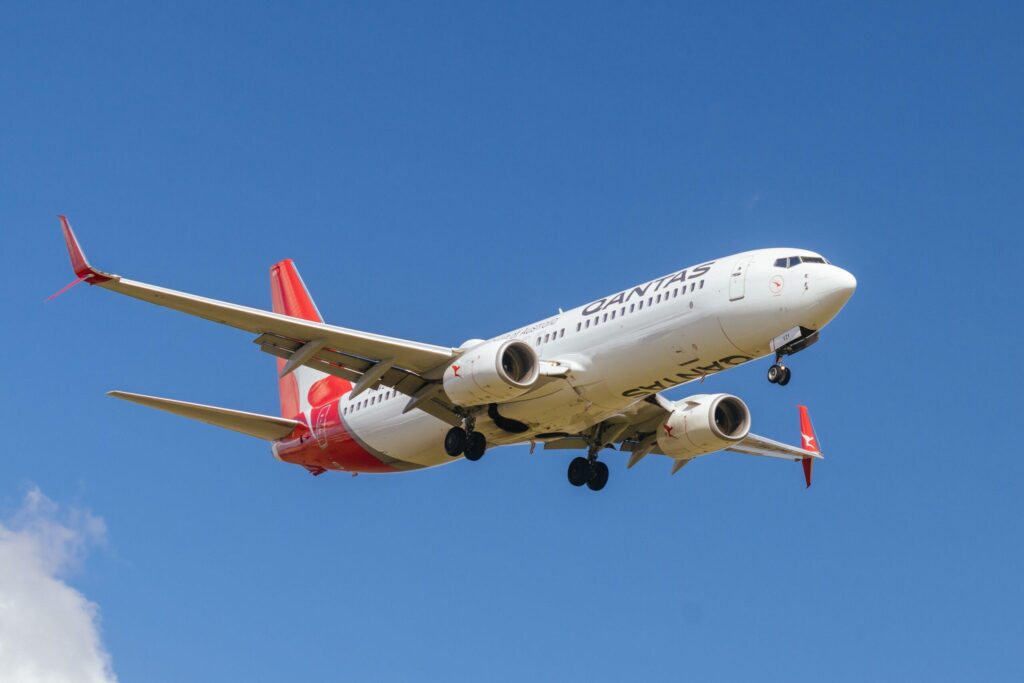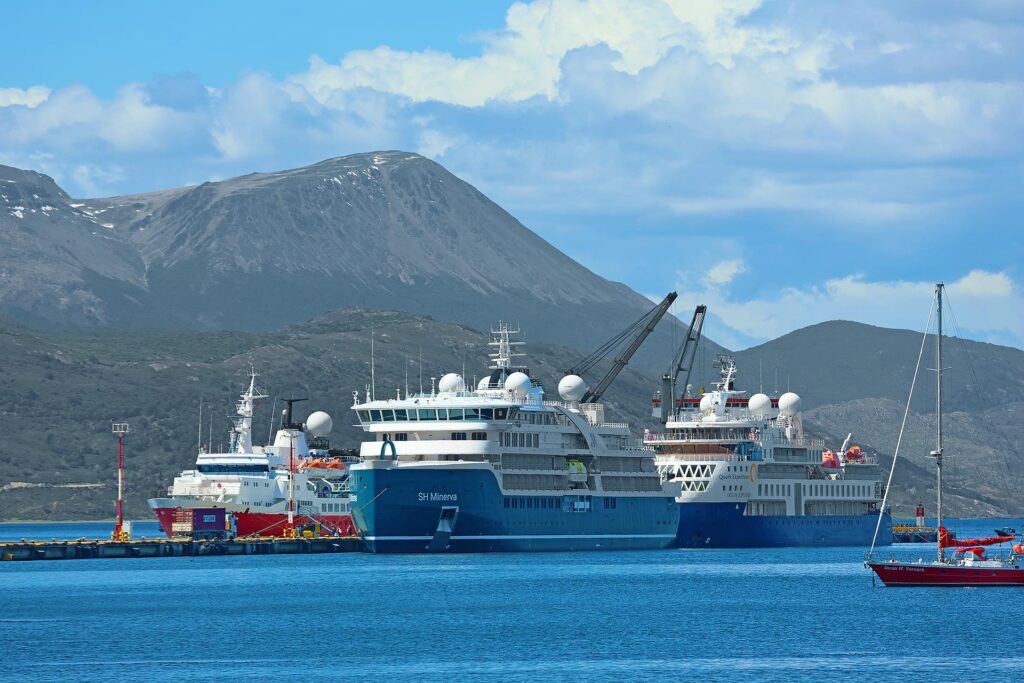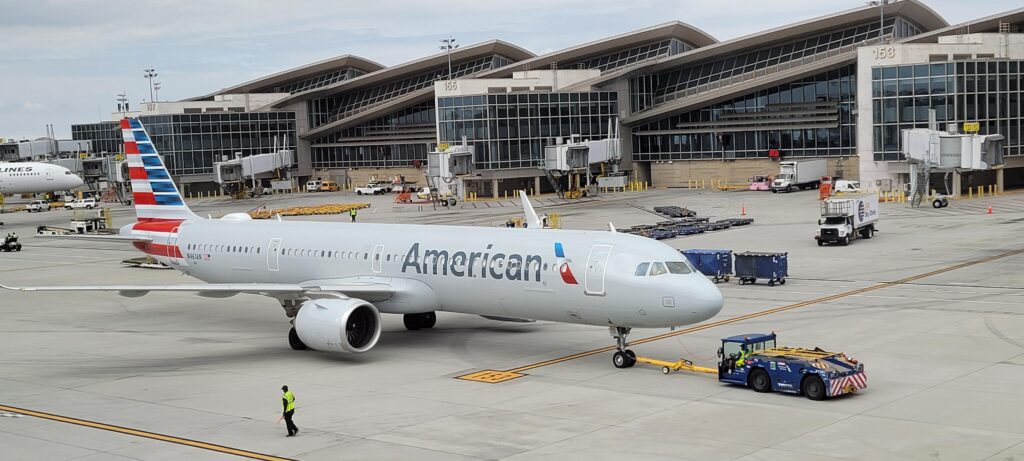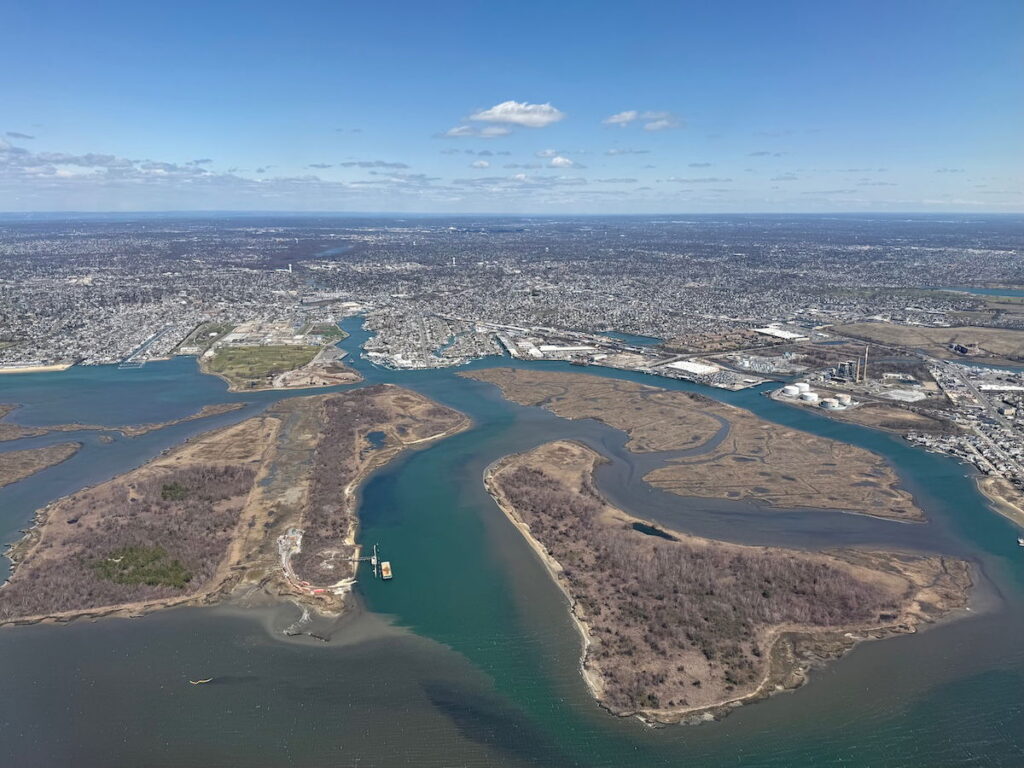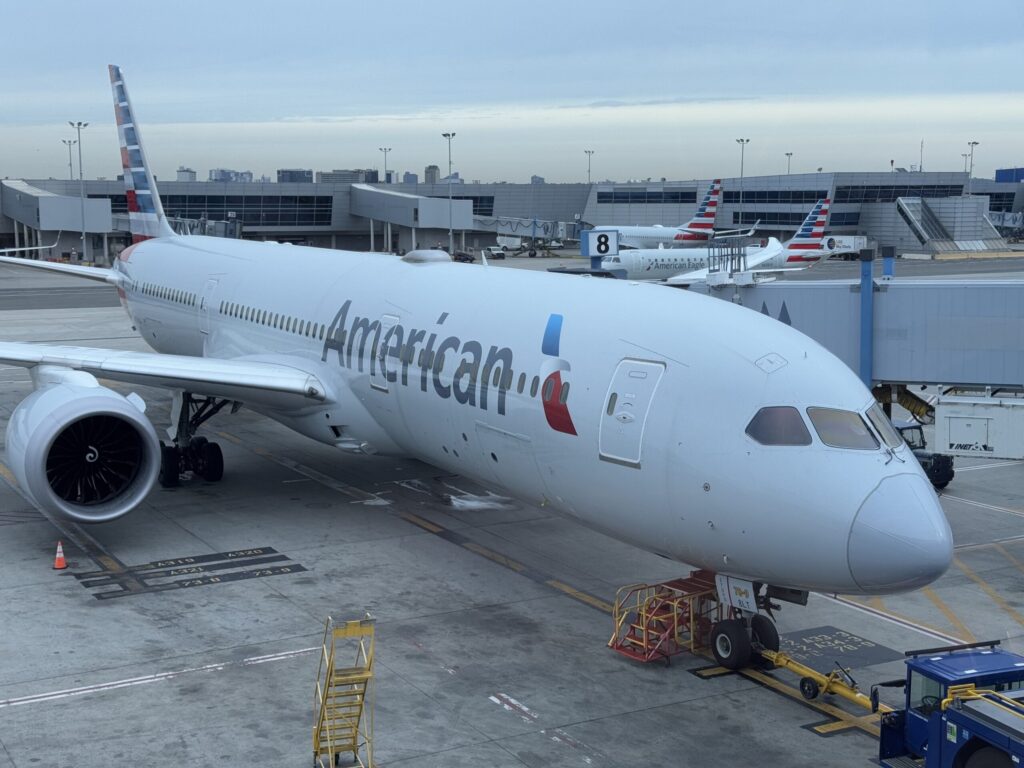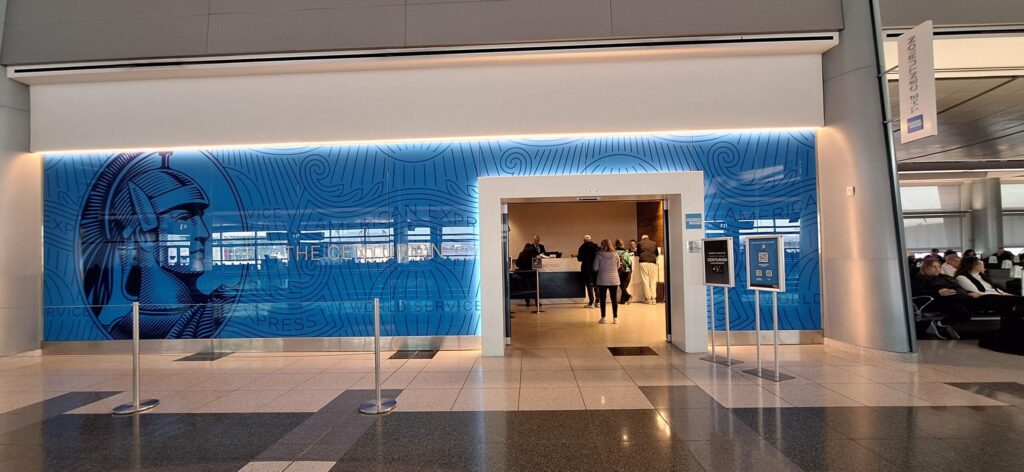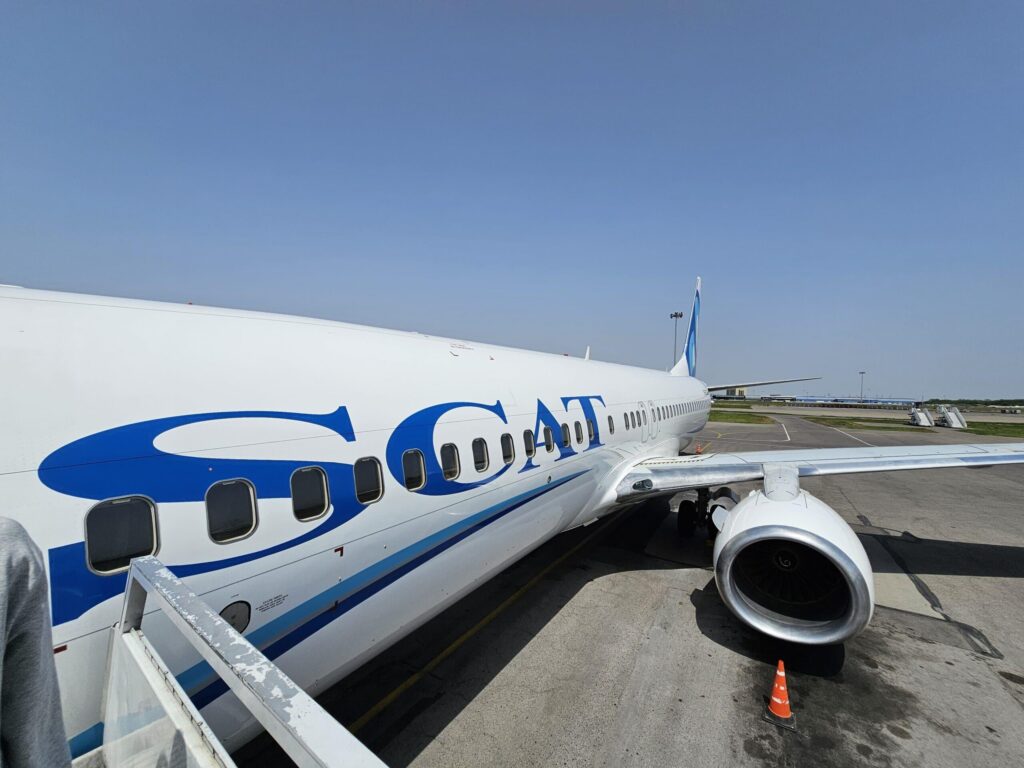
What Frequent Flyers Can Expect for New Year’s Travel 2024-25
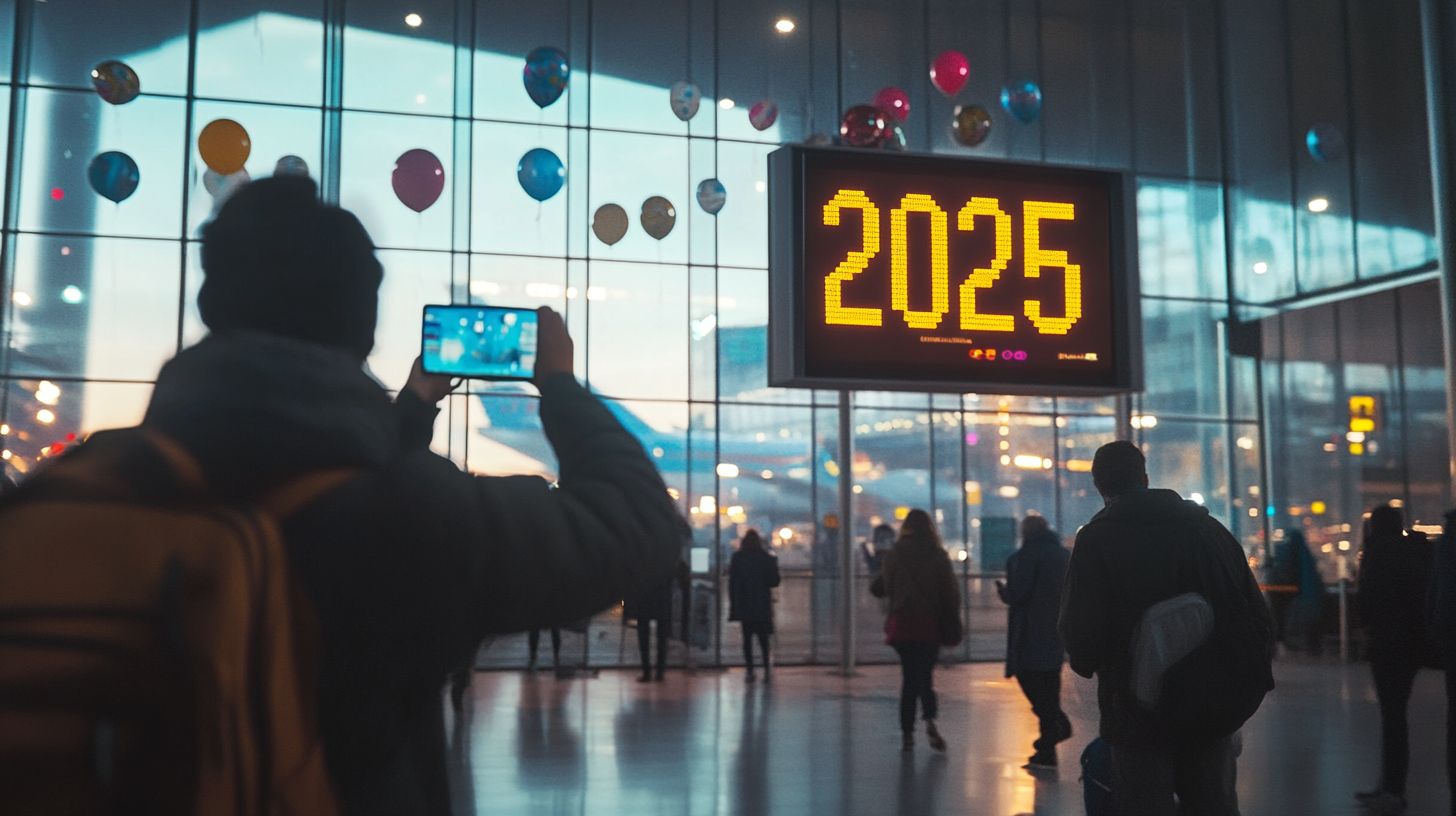
As the world welcomes the New Year, the anticipation for travel reaches a crescendo. For frequent flyers, the 2024-25 holiday season promises a blend of exciting opportunities and new challenges. From navigating the complexities of rising travel costs to tapping into innovative loyalty programs and embracing sustainable tourism, there’s a wealth of developments poised to shape your journeys.
This comprehensive guide explores what savvy travelers can expect and offers strategies to make the most of your adventures in the coming year.
Rising Travel Costs and Strategic Planning

Industry experts project a significant increase in travel expenses for 2025, driven by a surge in global demand as international travel rebounds. According to insights from The Points Guy, lodging prices are expected to surge notably—potentially up to 25% in popular destinations—making accommodation a substantial portion of travel budgets. Airlines are also introducing additional fees for services ranging from seat selection to baggage, further inflating costs.
For frequent flyers, this trend underscores the importance of strategic planning and budgeting. One effective strategy to mitigate these rising costs is leveraging points and loyalty programs. With airlines monetizing premium seats and offering upgrades for minimal cash, traditional upgrade opportunities may diminish. For example, American Airlines plans to allow AAdvantage members to use miles for upgrades in 2025, enhancing availability but potentially reducing the value per mile. Understanding these program nuances is crucial for maximizing benefits.
For detailed strategies on this topic, explore Maximizing Airline Loyalty Programs in 2025 for Strategic Savings. Early booking and meticulous budget planning are highly recommended. Securing flights and accommodations well in advance can lock in better rates and availability. Additionally, exploring alternative lodging options such as boutique hotels, vacation rentals, or eco-friendly accommodations can offer both cost savings and unique experiences.
Frequent flyers should also consider Strategic Planning for Rising Travel Costs in 2025 to effectively manage expenses. Moreover, being mindful of climate change and overtourism is increasingly important. Opting for less-touristed destinations not only often comes with lower costs but also contributes to sustainable travel practices. Embracing these alternatives can enhance your travel experience while supporting environmental and cultural preservation efforts.
Emphasis on Experiences Over Material Goods
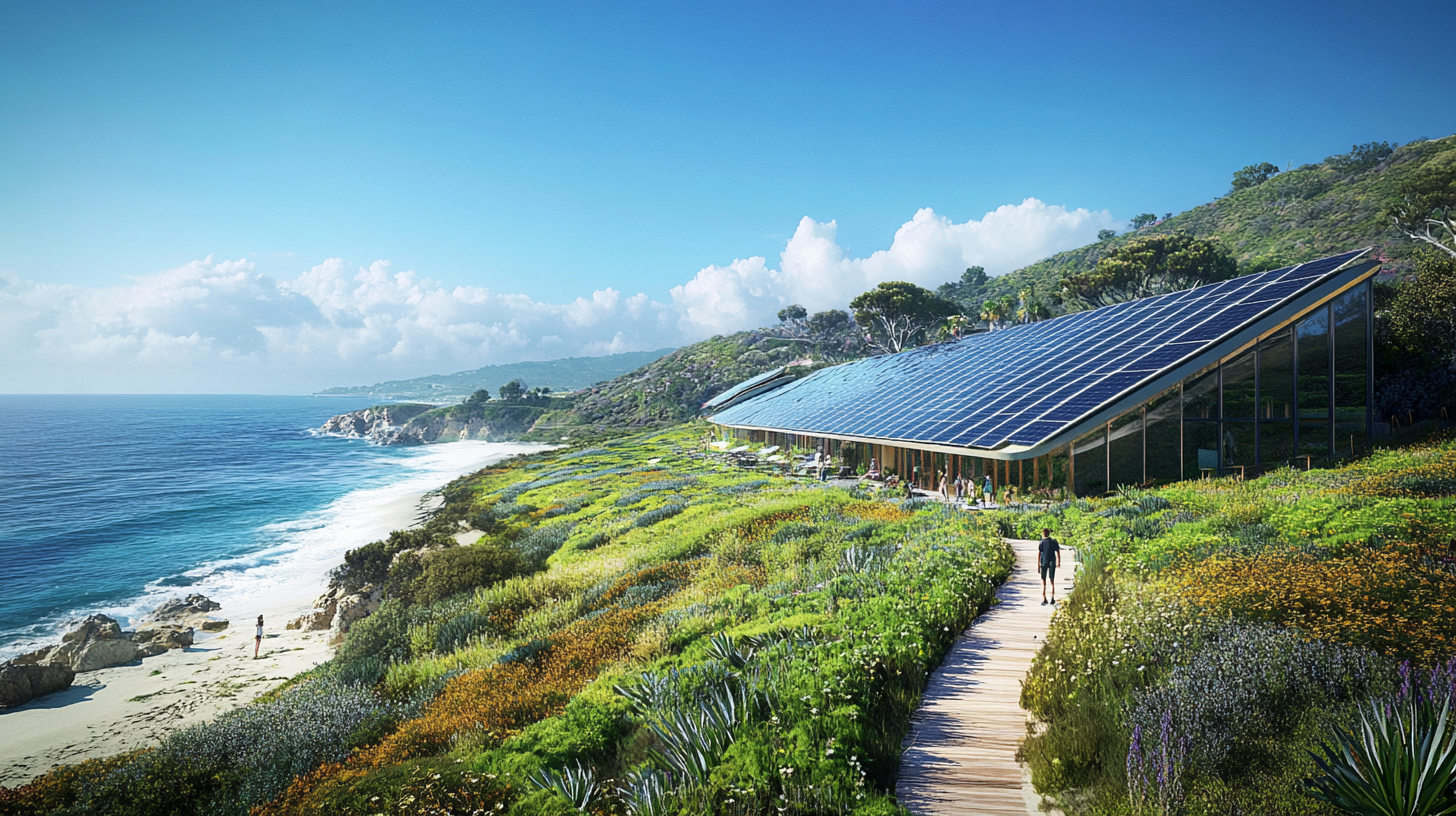
The travel landscape for 2025 is shifting toward valuing authentic and shared experiences over material possessions. Despite financial pressures, travelers are increasingly investing in activities that create lasting memories. A recent survey by the Global Travel Association found that 68% of travelers prefer spending on experiences like cultural tours, culinary classes, and adventure excursions over luxury accommodations or souvenirs.
To delve deeper into this trend, read The Rise of Experiential Travel: Prioritizing Experiences in 2025. Longer trips and ‘trip chaining’—combining multiple destinations or experiences into one journey—are becoming more popular. This approach allows travelers to immerse themselves in different cultures and environments fully.
Younger generations, particularly Millennials and Gen Z, are leading this trend, often using social media platforms like Instagram and TikTok for inspiration and planning. They seek authenticity, desiring genuine connections with local communities through activities like volunteering, homestays, and attending local festivals. Major events such as international music festivals, art biennales, and sporting championships are significant draws. These events not only enhance the travel experience but also have substantial economic impacts on host destinations.
For frequent flyers aiming to align their travel with such events, early planning is essential due to high demand and potential price surges. Explore Planning Travel Around Major Global Events in 2025 for tips on making the most of these opportunities. Embracing this experiential focus involves immersing oneself in the destination’s culture and environment. Engaging with local traditions, exploring lesser-known attractions, and participating in community-led initiatives can lead to more meaningful and memorable journeys.
Top Destinations and Sustainable Travel Initiatives
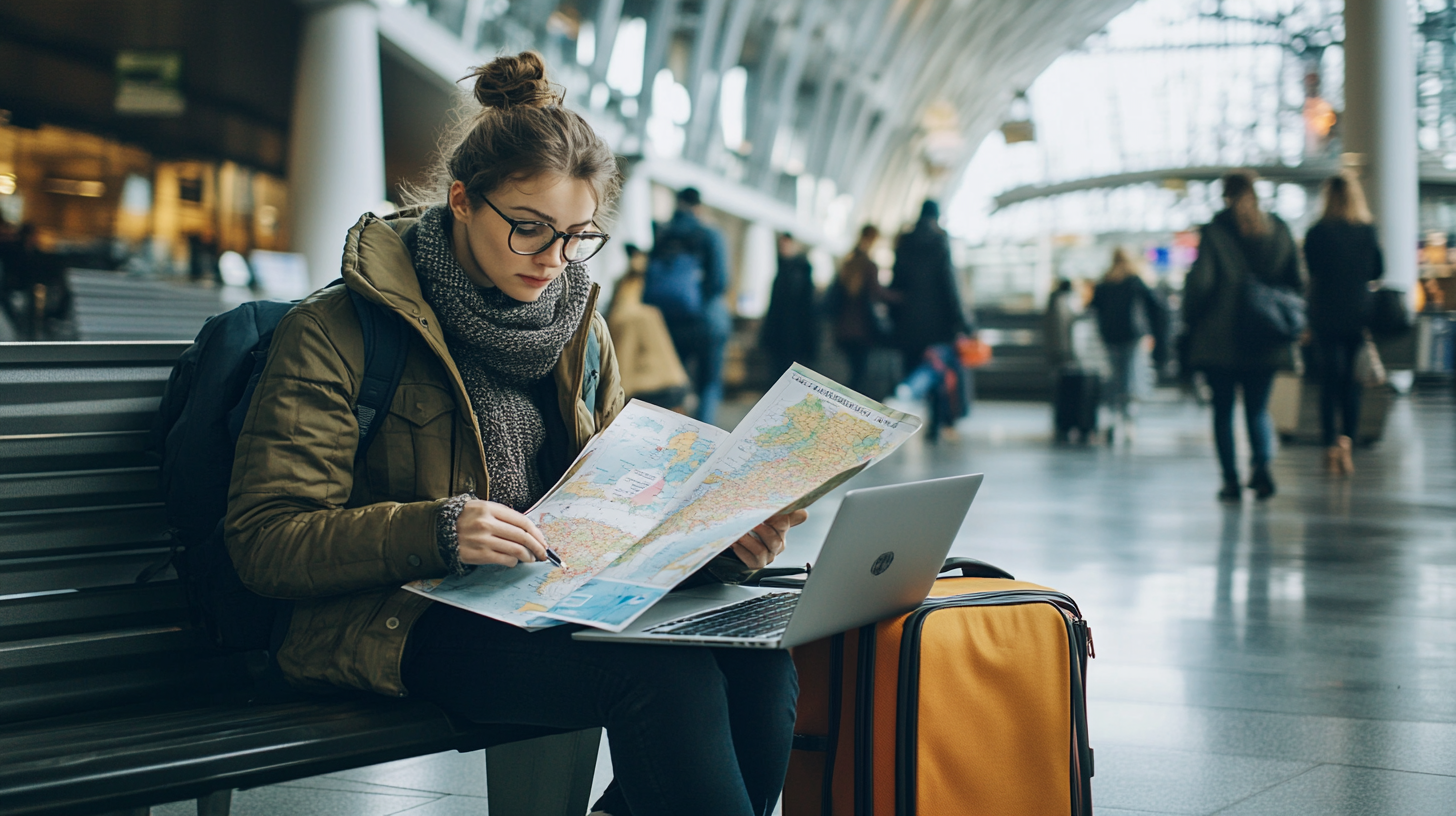
Looking ahead to 2025, several destinations are emerging as top choices for travelers seeking unique and sustainable experiences. According to TravelPulse’s “Travel Trends for 2025: Top Destinations and Cost Insights,” countries like Iceland, Japan, and Brazil are gaining popularity due to their rich cultural offerings and natural wonders. Iceland’s dramatic landscapes and opportunities to witness the aurora borealis make it a standout choice. Japan’s blend of tradition and innovation continues to captivate visitors, while Brazil’s vibrant festivals and biodiversity offer unforgettable experiences.
Sustainable travel is at the forefront of these trends. Companies like Byway predict a significant emphasis on flight-free journeys, with travelers valuing early bookings and opting for less-touristed destinations to minimize environmental impact. The concept of ‘slow travel’—spending more time in fewer places to deepen the connection with the destination—is gaining traction. For insights on embracing this approach, consider Sustainable Travel Practices for 2025: Embracing Slow Travel.
Destinations aligning with sustainable tourism are attracting more travelers. The Athens Riviera, for instance, offers a blend of seaside beauty and cultural heritage while supporting local communities. Morocco is another top pick, where tourism plays a vital role in economic recovery and cultural preservation. Frequent flyers are encouraged to factor in how their travel choices affect the environment and local societies. Supporting eco-friendly accommodations, participating in conservation efforts, and respecting local customs contribute positively to both the traveler’s experience and the destination.
Maximizing Rewards Through Airline Loyalty Programs

Airline loyalty programs are evolving rapidly, offering new avenues for travelers to enhance their experiences while managing costs. In the face of rising travel expenses, effectively utilizing these programs can lead to significant savings and benefits. Alaska Airlines, for example, announced substantial enhancements to their Mileage Plan for 2025. Members can now earn Elite Qualifying Miles (EQMs) by flying on Alaska, Hawaiian Airlines, or partner airlines, with award trips earning EQMs based on distance flown. Additional miles can be accrued through spending on the Alaska Airlines Visa Card and partnerships with companies like Lyft.
For a comprehensive guide on these developments, refer to Alaska Airlines Mileage Plan Enhancements for 2025. Similarly, U.S. News & World Report’s “2024-2025 Best Travel Rewards Programs” recognizes Alaska Airlines Mileage Plan as the top airline rewards program for the tenth consecutive year, highlighting its robust earning potential and extensive partnerships.
Frequent flyers should assess loyalty programs that align with their travel patterns and offer the most value. Strategies such as transferring credit card rewards to airline programs, effectively tracking points and miles, and maximizing elite status benefits can greatly enhance the travel experience. For detailed strategies, explore Maximizing Frequent Flyer Miles and Points in 2025.
Changes in Airline Policies Impacting Frequent Flyers

Airlines are continuously updating policies that directly affect frequent flyers, making it essential to stay informed. American Airlines’ upcoming policy allowing AAdvantage members to use miles for upgrades in 2025 is a significant shift. While this change may increase upgrade availability, it could also reduce the value per mile, influencing how travelers choose to redeem rewards. For an analysis of these policy changes, see American Airlines AAdvantage Program Updates for 2025.
Southwest Airlines is also implementing notable adjustments by introducing extra legroom seats, reshaping aircraft interiors, and moving toward assigned seating starting mid-2025. Elite flyers, such as A-List Preferred members, will benefit from free premium seats at booking, potentially reducing the emphasis on priority boarding. These changes aim to enhance passenger comfort and streamline the boarding process. Understanding how these policies affect your travel can help in planning and optimizing your flying experience.
Delta Air Lines is another carrier making significant changes, with the introduction of Sky Club visit limits for Delta Reserve and Amex Platinum cardholders starting February 2025. This move addresses lounge overcrowding but requires frequent flyers to adapt their usage habits. Engaging with airline customer service representatives and being active in frequent flyer communities can provide valuable insights into navigating these changes. For tips on managing these policy shifts, refer to Navigating Airline Policy Changes Affecting Frequent Flyers in 2025.
Technology and Personalization in Travel
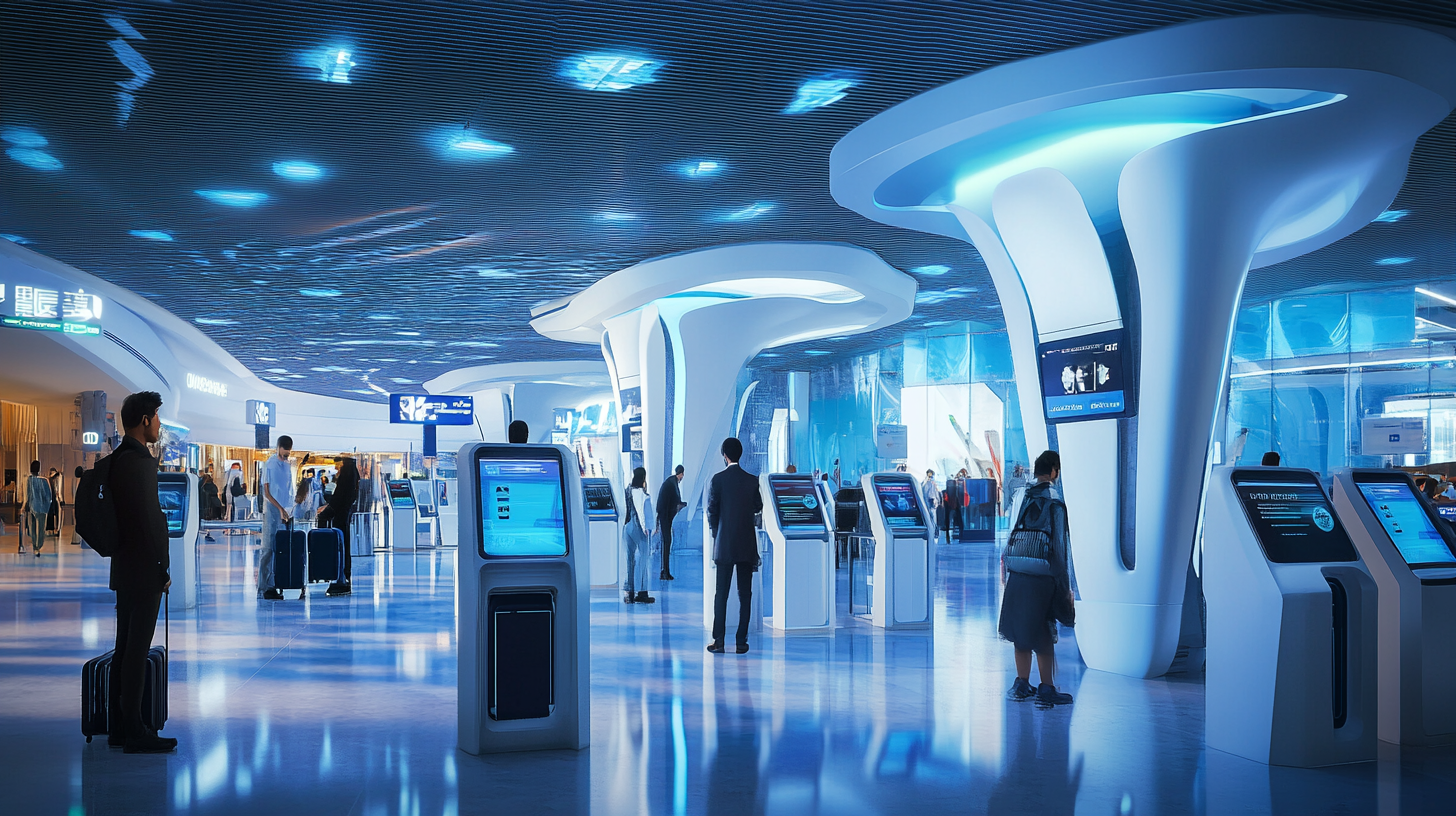
Advancements in technology are revolutionizing the travel experience, offering increased personalization and convenience. The integration of emerging technologies is a key trend for 2025, enhancing everything from booking to in-flight entertainment. Personalized in-flight entertainment systems are expected to resemble streaming services, allowing passengers to access tailored content based on their preferences. This shift enhances the travel experience by providing entertainment that resonates with individual interests.
For more on these technological advancements, check out Technological Innovations Transforming Air Travel in 2025. Enhanced airport lounges are also offering more perks to cardholders, such as gourmet dining options, spa services, and quiet workspaces. However, lounge overcrowding is becoming a notable issue, prompting airlines to adjust access policies and improve facilities. Frequent flyers should consider these factors when selecting credit cards and planning layovers to ensure a comfortable and productive travel experience.
Artificial Intelligence (AI) is increasingly present in travel services, from AI-powered booking platforms offering personalized recommendations to customer service bots providing 24/7 assistance. These technologies aim to streamline travel planning and deliver customized experiences. Utilizing apps for real-time updates, exploring personalized entertainment options, and leveraging AI-driven tools can make journeys smoother and more enjoyable. For a deep dive into how AI is enhancing travel, explore Artificial Intelligence and Personalization in Travel for 2025.
Addressing Overtourism and Exploring Alternative Destinations
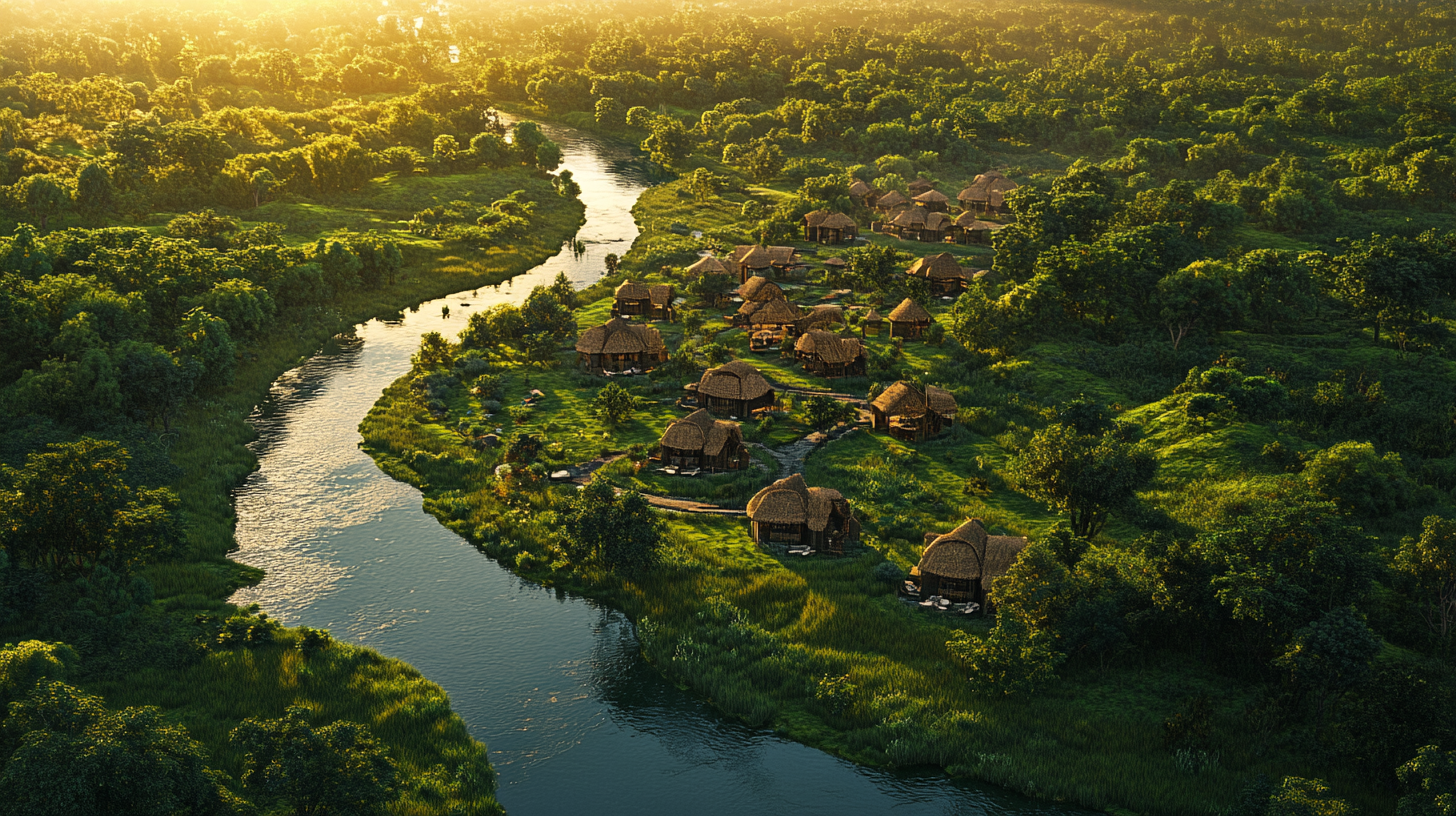
Overtourism remains a significant concern as popular destinations struggle with environmental degradation and cultural dilution due to the influx of visitors. In response, there’s a growing movement toward exploring alternative and less-crowded destinations, aligning with sustainable and responsible travel practices. Travelers are increasingly interested in ‘gig-tripping’—combining work and travel—and discovering ‘destination dupes’ that offer similar attractions without the crowds.
For guidance on finding these hidden gems, see Exploring Alternative Destinations to Combat Overtourism in 2025. The rise of stargazing and dark-sky tourism exemplifies this shift. Destinations known for their clear night skies, such as New Zealand’s Aoraki Mackenzie International Dark Sky Reserve, are gaining popularity among travelers seeking unique and serene experiences.
Climate change considerations are also influencing travel choices, with a growing preference for destinations that are less impacted by mass tourism and environmental degradation. Emphasizing the ‘luxury of time,’ travelers are tailoring trips to seasonal conditions and valuing longer stays in single destinations to deepen their experience and reduce their carbon footprint. This approach supports local economies and promotes sustainable practices. Frequent flyers can benefit from these trends by researching emerging destinations and being open to unconventional travel experiences, which often offer richer cultural interactions and less environmental impact.
Final Thoughts: Preparing for New Year’s Travel 2024-25

The New Year’s travel season of 2024-25 is poised to be dynamic and transformative, presenting both exciting opportunities and challenges that require thoughtful planning. Frequent flyers can navigate rising costs by maximizing loyalty programs, staying informed about airline policy changes, and embracing technological advancements. Prioritizing authentic experiences, sustainable practices, and exploring alternative destinations will not only enrich your journeys but also contribute positively to the places you visit.
By planning ahead, remaining adaptable, and utilizing available resources, frequent flyers can make the most of the upcoming travel season. Whether you’re exploring new horizons, attending global events, or simply enjoying enhanced travel services, the possibilities are vast. For comprehensive resources and updates, consider visiting Comprehensive Guide for Frequent Flyers in 2025. Here’s to safe travels and unforgettable experiences in the New Year!
For the latest insights, in-depth travel analyses, and industry updates, follow us back to BoardingArea. It’s the ultimate resource to navigate the changes and opportunities in the travel industry.

